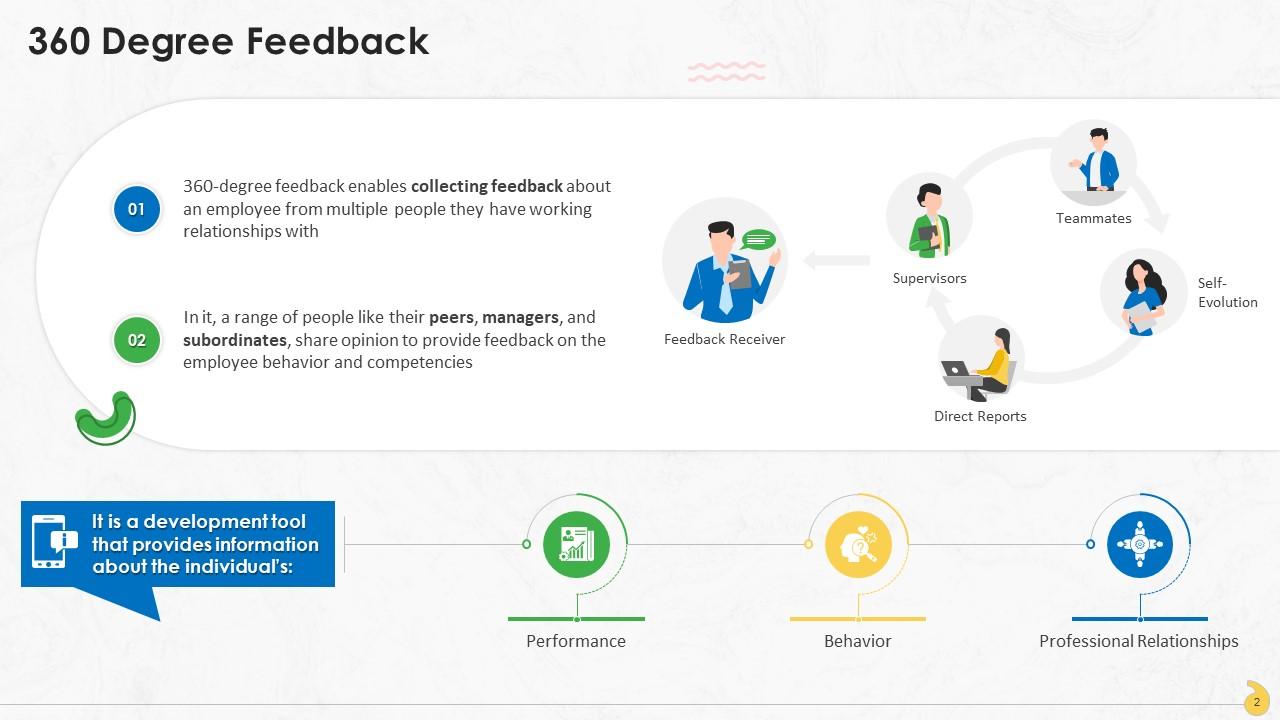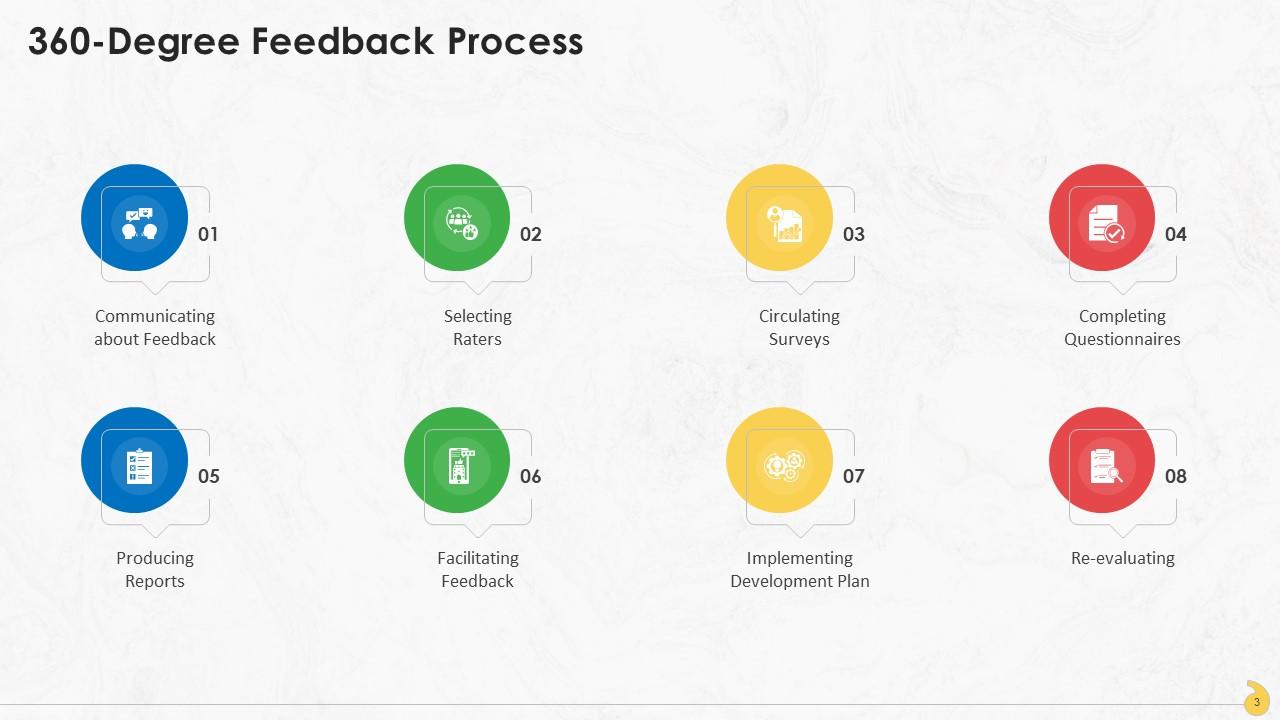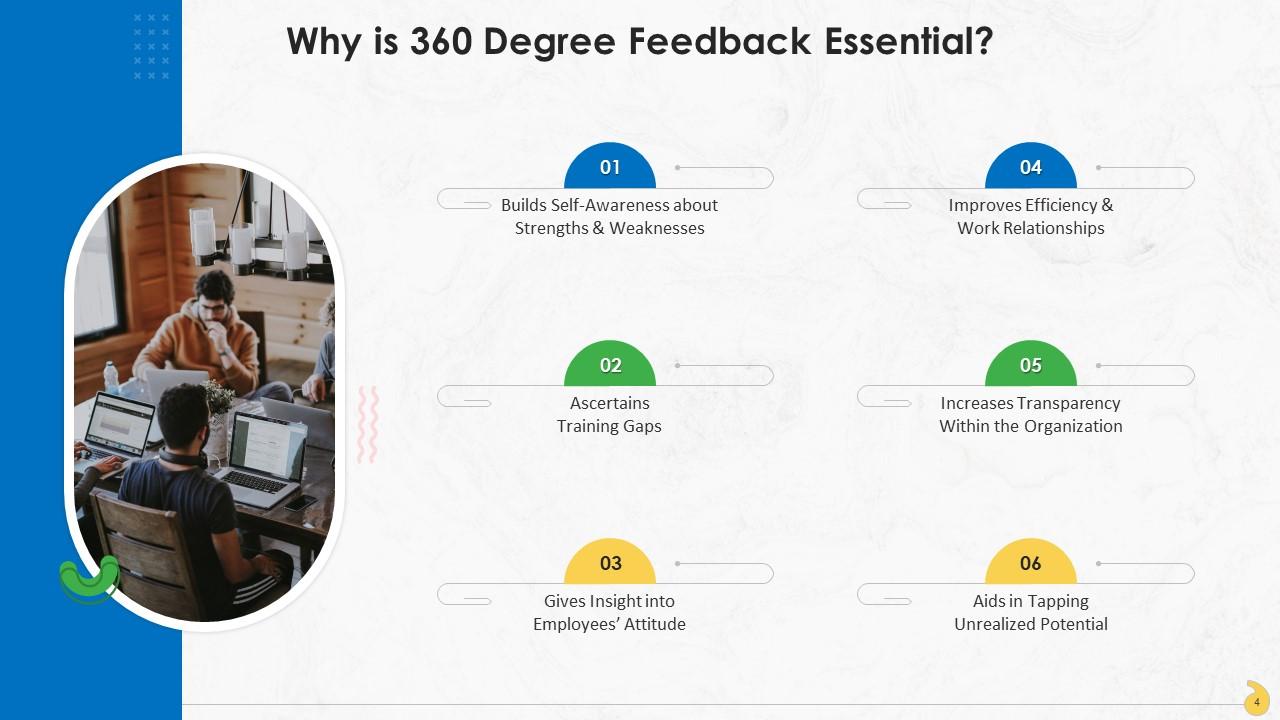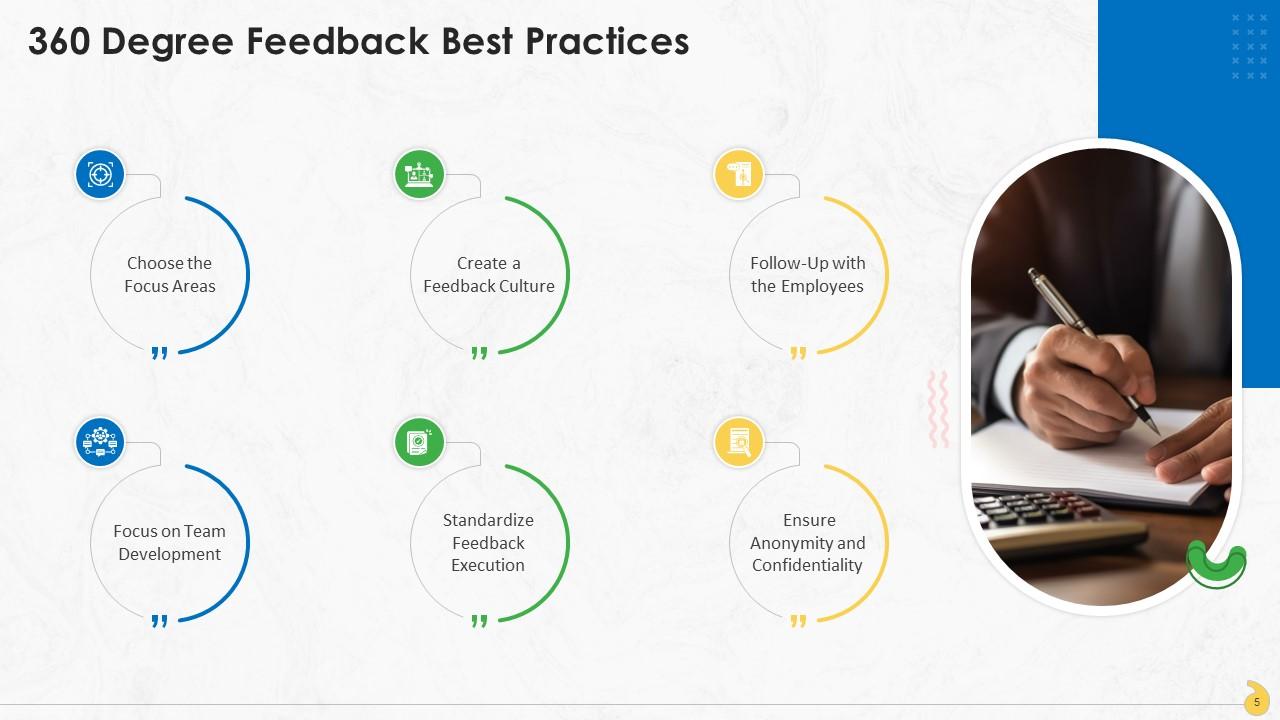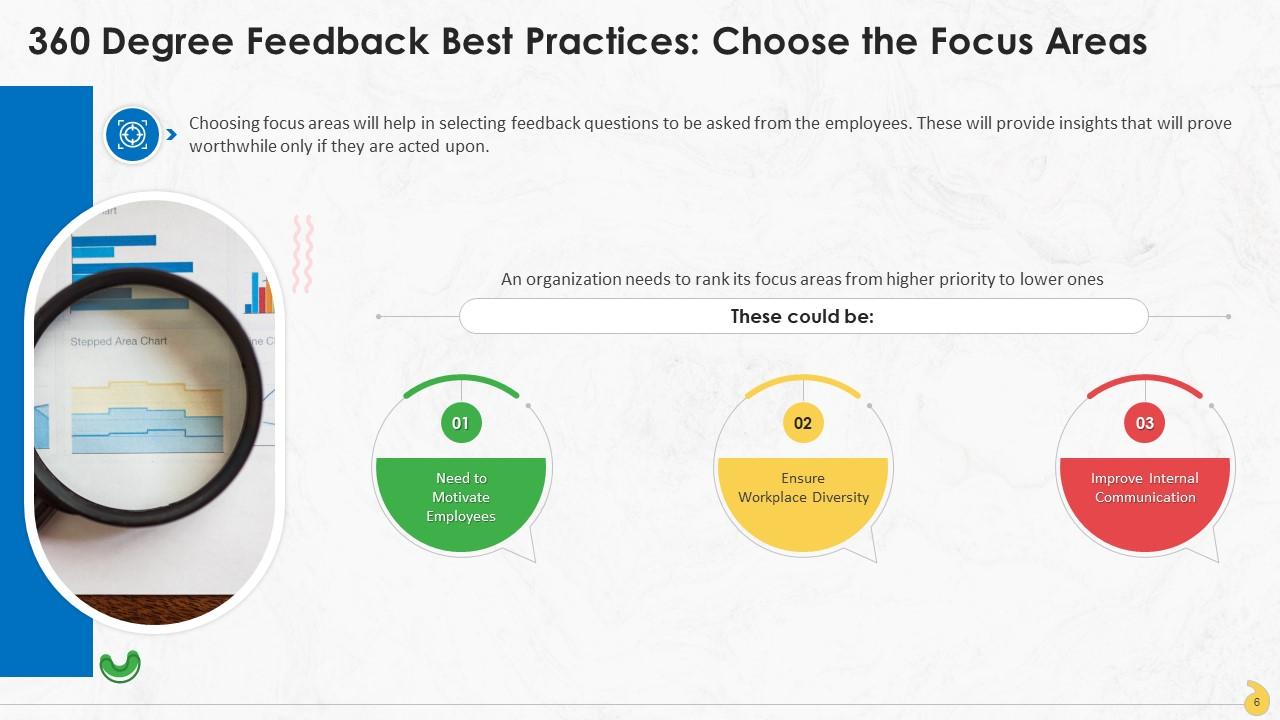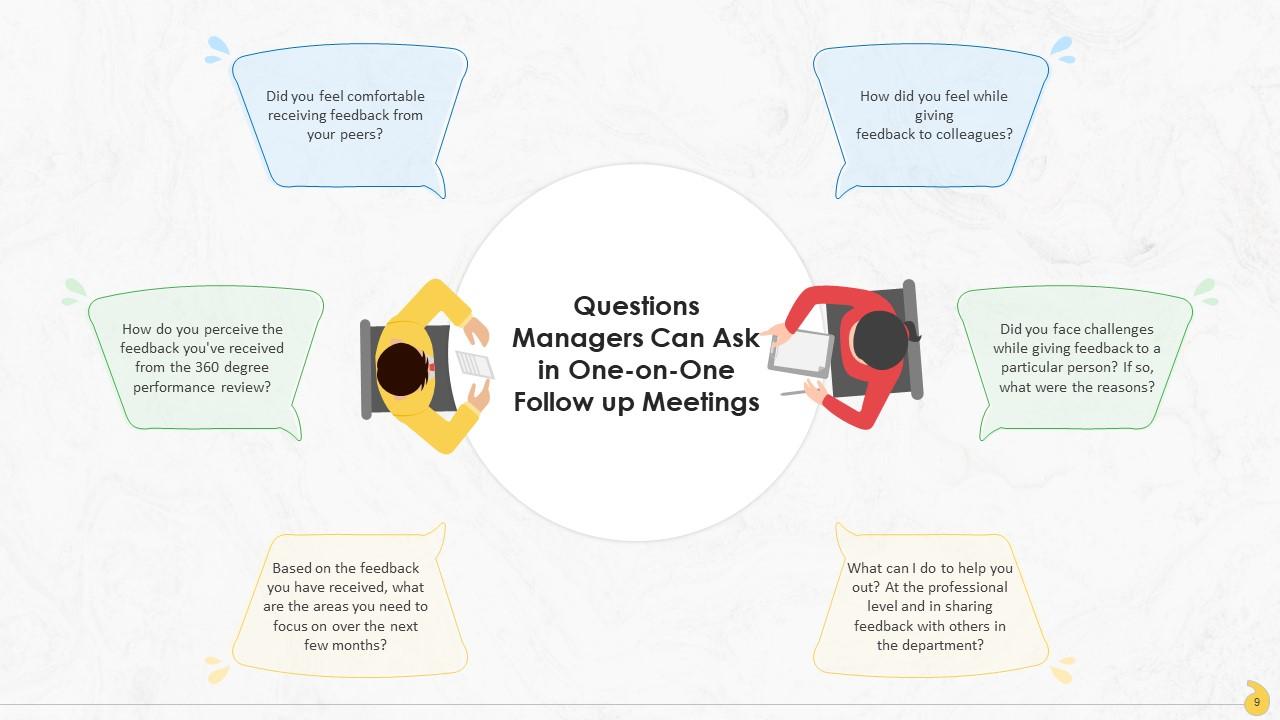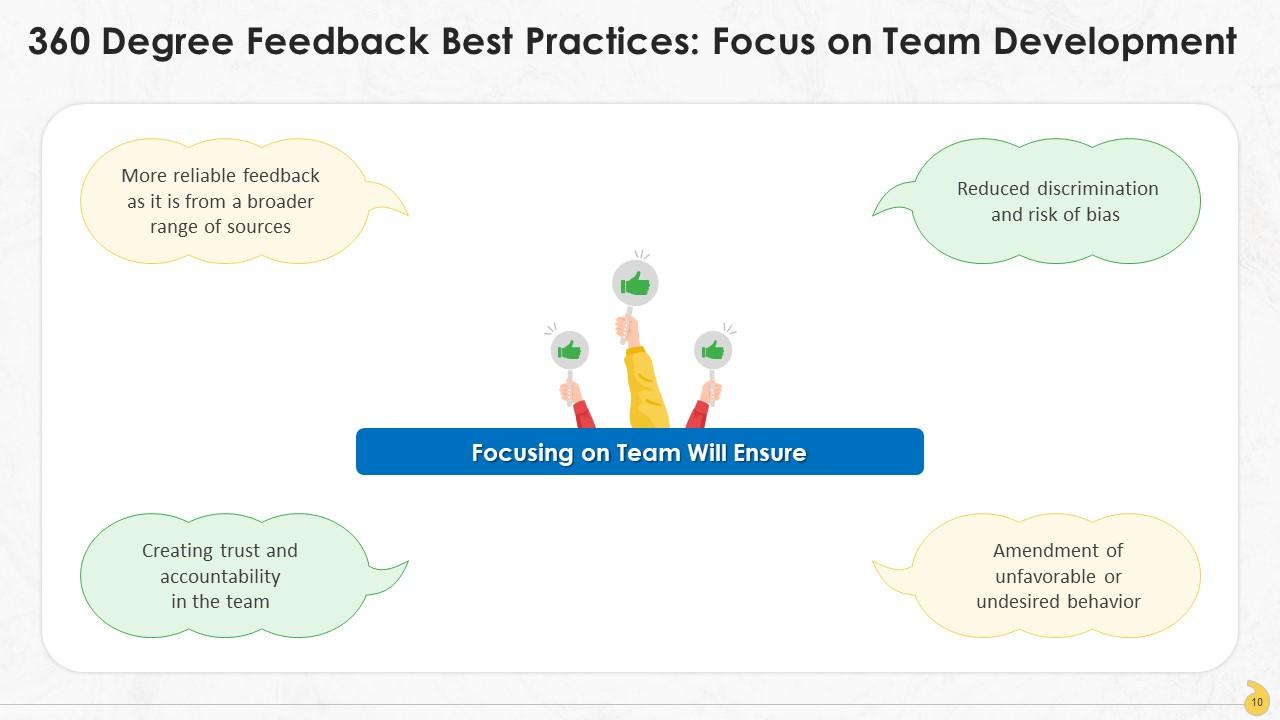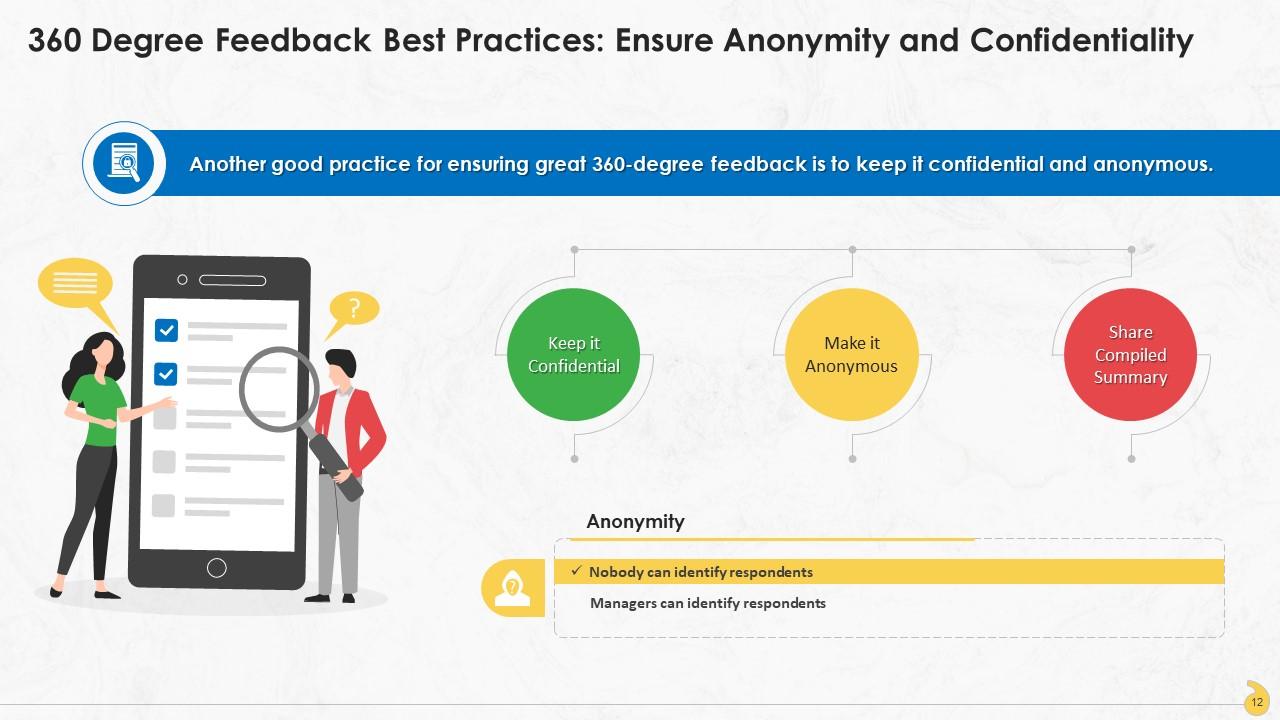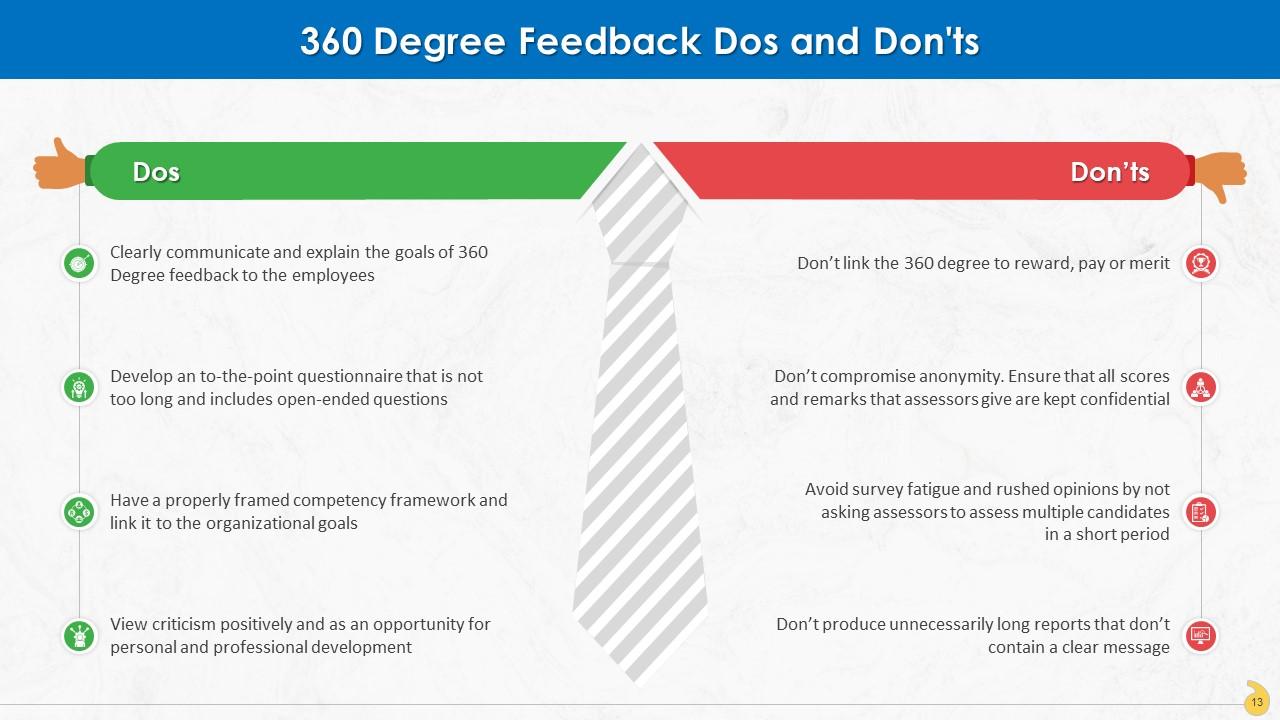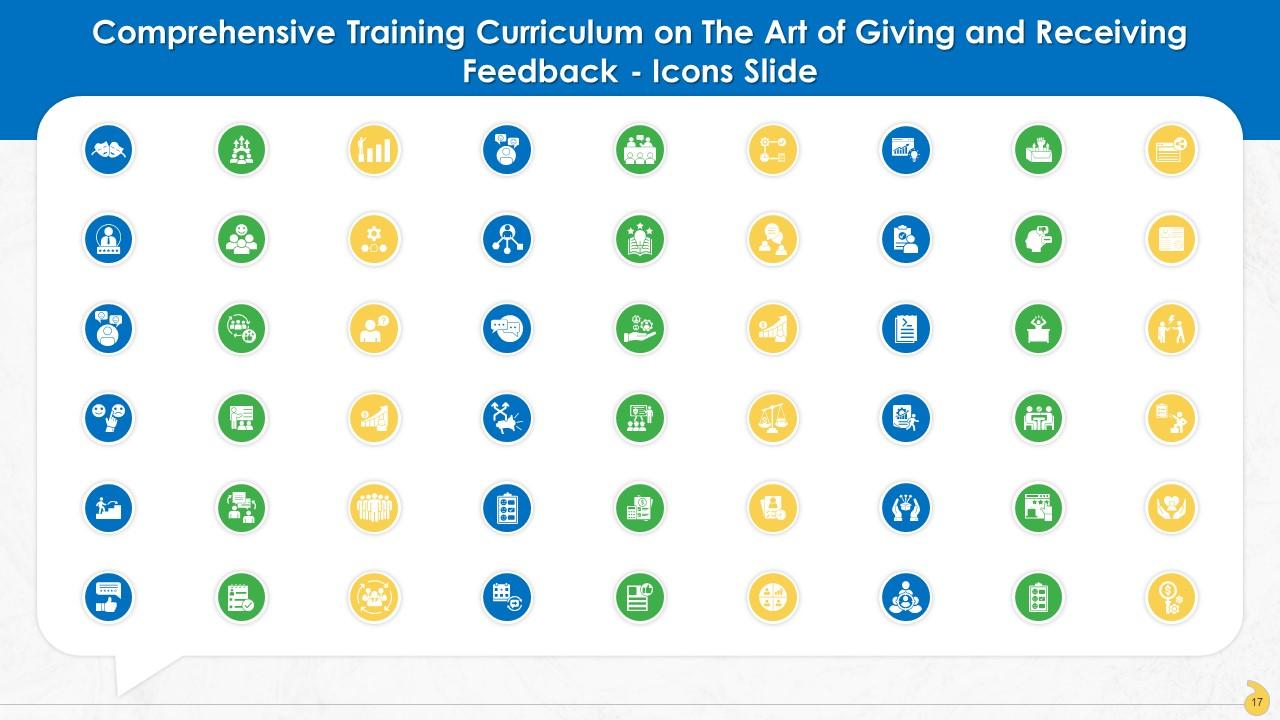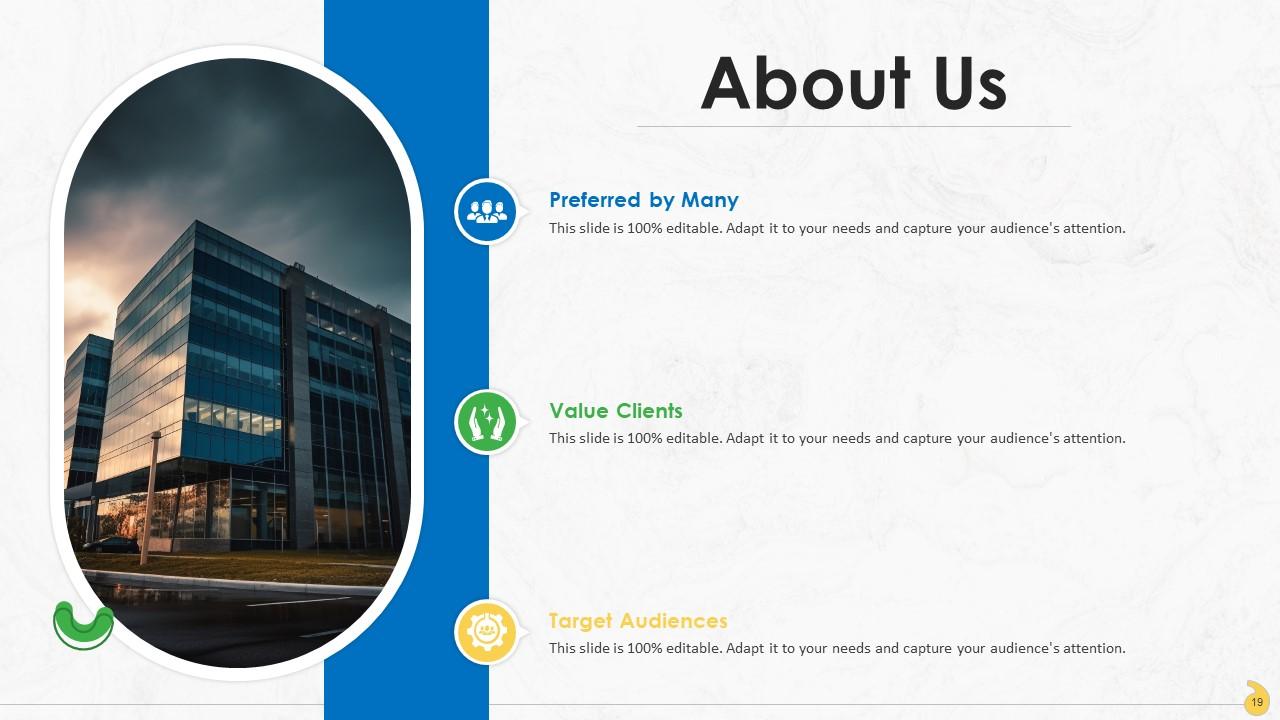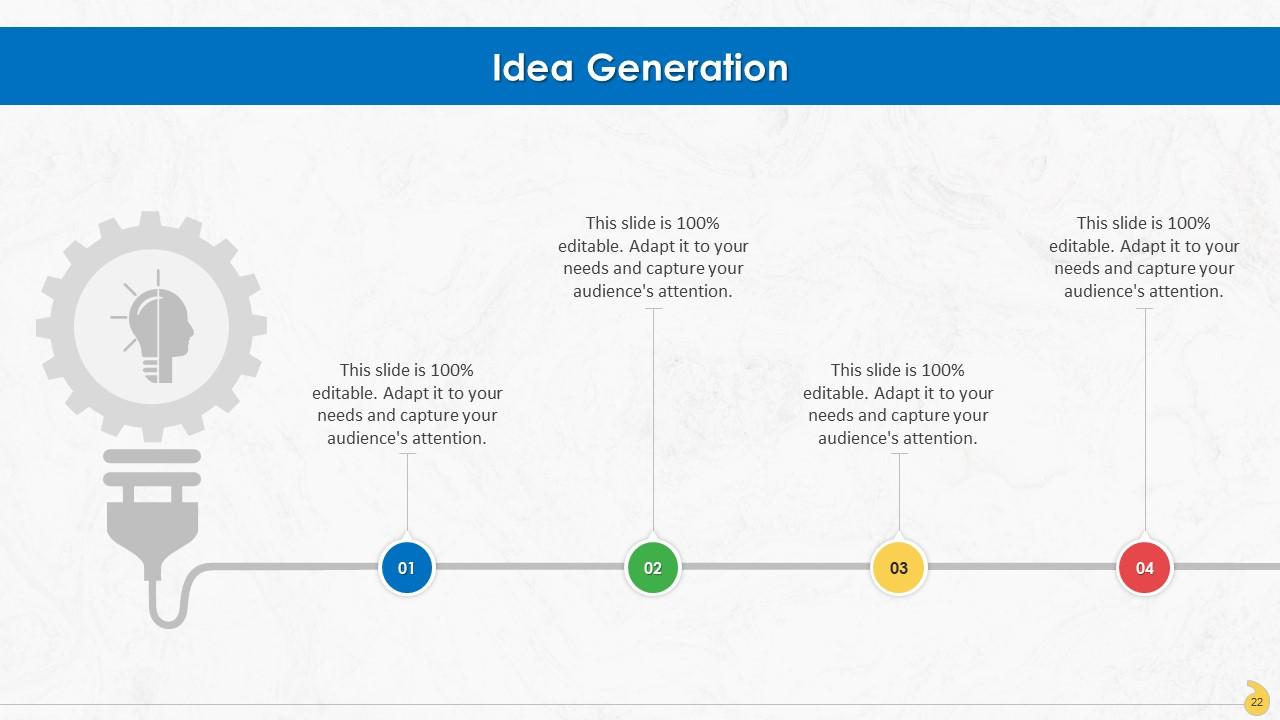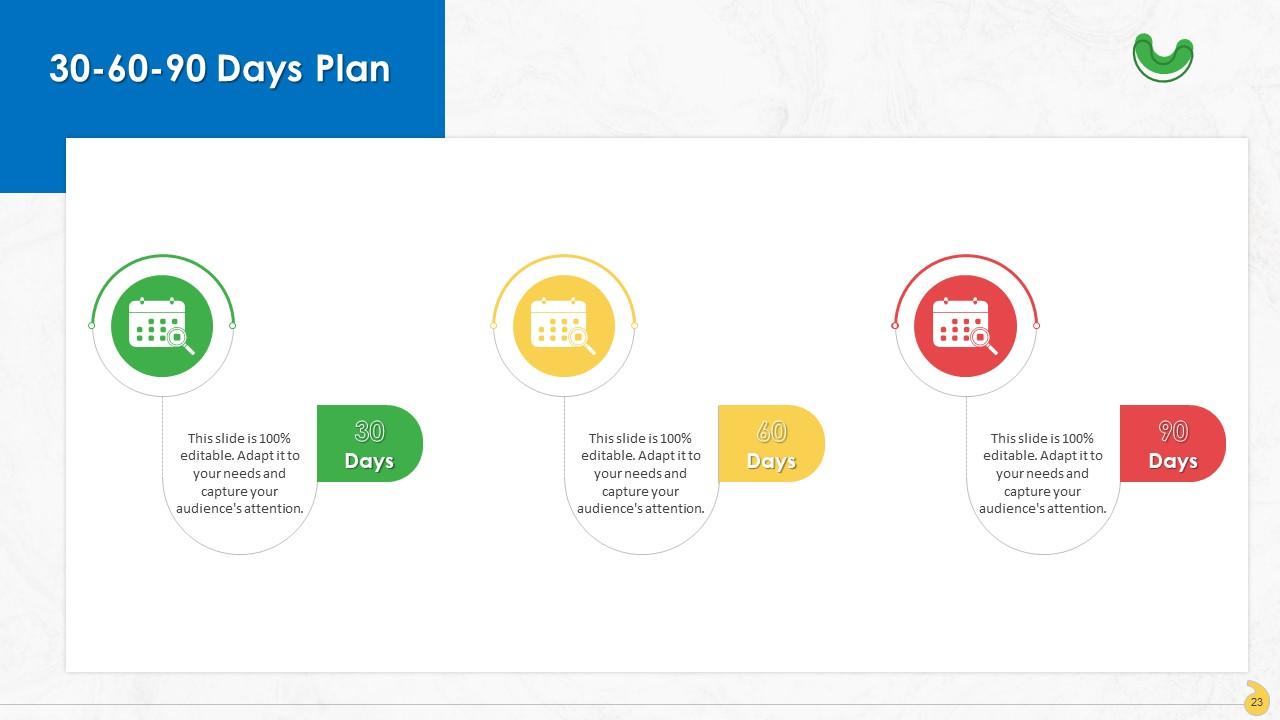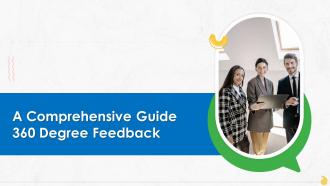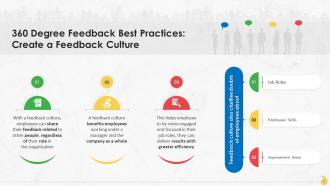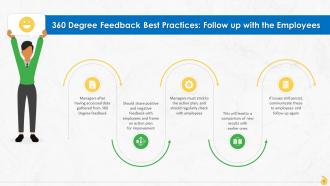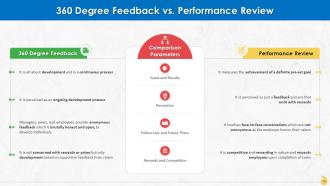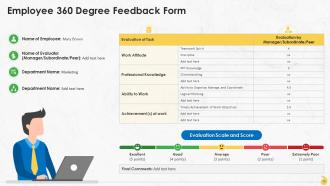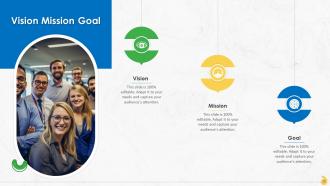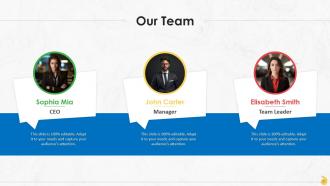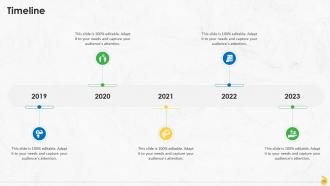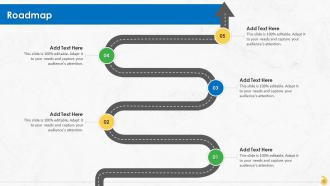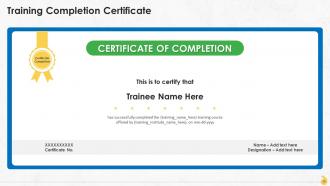A Comprehensive Guide 360 Degree Feedback Training Ppt
This set of slides covers the concept of 360 feedback at the workplace. It includes its process, importance, best practices, does, and does not. Further, it consists of the questions managers can ask in follow-up meetings and feedback form.
This set of slides covers the concept of 360 feedback at the workplace. It includes its process, importance, best practices..
- Google Slides is a new FREE Presentation software from Google.
- All our content is 100% compatible with Google Slides.
- Just download our designs, and upload them to Google Slides and they will work automatically.
- Amaze your audience with SlideTeam and Google Slides.
-
Want Changes to This PPT Slide? Check out our Presentation Design Services
- WideScreen Aspect ratio is becoming a very popular format. When you download this product, the downloaded ZIP will contain this product in both standard and widescreen format.
-

- Some older products that we have may only be in standard format, but they can easily be converted to widescreen.
- To do this, please open the SlideTeam product in Powerpoint, and go to
- Design ( On the top bar) -> Page Setup -> and select "On-screen Show (16:9)” in the drop down for "Slides Sized for".
- The slide or theme will change to widescreen, and all graphics will adjust automatically. You can similarly convert our content to any other desired screen aspect ratio.
Compatible With Google Slides

Get This In WideScreen
You must be logged in to download this presentation.
PowerPoint presentation slides
Presenting A Comprehensive Guide 360 Degree Feedback. Each slide is well crafted and designed by our PowerPoint experts. This PPT presentation is thoroughly researched by the experts, and every slide consists of appropriate content. All slides are customizable. You can add or delete the content as per your need. Not just this, you can also make the required changes in the charts and graphs. Download this professionally designed business presentation, add your content and present it with confidence.
People who downloaded this PowerPoint presentation also viewed the following :
Content of this Powerpoint Presentation
Slide 2
This slide details the 360-degree feedback that can be bought into practice at the workplace. Here, managers, peers, subordinates, and others share their personal opinions regarding the employee’s performance, behavior, and professional relationships.
Slide 3
This slide showcases the process through which 360-degree feedback takes place in an organization. The steps involved in it are: Communicating about feedback, selecting raters, circulating surveys, completing questionnaires, producing reports, facilitating feedback, implementing development plan, and re-evaluating.
Instructor’s Notes:
Following are the steps involved in 360-degree feedback:
- Communicating about Feedback: Firstly, the process, purpose, and method of collecting and using 360-degree feedback should be communicated to all stakeholders. These could be the administrator, manager, team members, clients, and subordinates
- Selecting Raters: A critical part of the 360-degree feedback process, selecting raters will depend on the employee's job roles and professional relationships. Enough feedback providers should be chosen to ensure the data is relevant and comprehensive
- Circulating Surveys: The next step involves distributing the questionnaires through online/offline mode. Participants should be given instructions on starting and completing the whole feedback survey
- Completing Questionnaires: Having participants fill out and complete the review can take up to 2-4 weeks in the 360-degree feedback process. This step's duration can vary depending on the number of raters involved and the employees’ role. So, deadlines must be established to ensure all raters have completed their survey on time
- Producing Reports: Once all feedback responses are collected from the participants, a report is produced. Which could be sent directly to the participants or communicated via a one-on-one feedback session
- Facilitating Feedback: Arranging confidential feedback meetings should be emphasized on, as it ensures greater understanding of the feedback report and an opportunity to discuss areas of strength and improvement
- Implementing Development Plan: Constructing development plan for each participant during the review is the essence of 360-degree feedback. Employee would be able to identify and work on their critical areas for improvement with the help of coaching, workshops, mentoring, etc., based on the results of 360-degree feedback
- Re-evaluating: 360-degree feedback is an ongoing process rather than a one-off event. It should be communicated at the start of the process about subsequent reviews that will take place. Re-evaluating participants helps check for any changes that may have occurred, and provides an opportunity for fresh feedback
Slide 4
This slide contains information on advantages of 360 Degree feedback that benefits the organization. It builds self-awareness about strengths and weaknesses, ascertains training gaps, gives insight into employees’ attitude, improves efficiency and work relationships, increases transparency within the organization, and aids in tapping unrealized potential.
Instructor's Notes:
The benefits of 360-degree feedback are:
- Builds Self-Awareness about Strengths and Weaknesses: 360 Degree feedback brings to light what opinions others (managers, peers, subordinates) have about an employee. It benefits the organization and guides employees about their weak and strong areas to help them improve their skill-set
- Ascertains Training Gaps: Since an employee gets an overall view of their personality, they can identify lack of a skill or competency, which can be worked upon with the help of a training program. Skill gaps are a roadblock for professional growth, and training programs will help bridge those gaps
- Gives Insight into Employees’ Attitude: The employer can ascertain an employee's role in the organization with the help of 360 Degree feedback. It helps seniors understand how the employee fits in with the team and peers, in addition to the role and responsibilities assigned to them
- Improves Efficiency & Work Relationships: Feedback from counterparts helps build trust and meet mutual goals. 360-degree feedback encourages intra-team bonding and increases team coordination by aligning employees' developmental goals with the organization's
- Increases Transparency within the Organization: 360-Degree feedback provides increased transparency that develops trust between members, which further leads to enhanced decision-making, betterment of performance, and thus, revenue increment
- Aids in Tapping Unrealized Potential: Well-executed 360-Degree feedback builds a strong foundation and knowledge pool for an organization to assess its recruiting policies and management team structure. Organizations can tap into unrealized potential and idea generation with the help of their employees
Slide 5
This slide lists best practices to ensure that 360 degree feedback takes place efficiently. These are: Choose the focus areas, create a feedback culture, follow-up with employees, focus on team development, standardize feedback execution, and ensure anonymity and confidentiality.
Instructor’s Notes:
Following are the best practices to ensure efficiency in 360 degree feedback:
- Choose the Focus Areas: A 360 degree feedback will be able to provide useful insights only if it is centered around an objective. The organization needs to identify and prioritize feedback objectives, such as the need to motivate employees or to improve internal communication
- Create a Feedback Culture: A 360-degree feedback culture should be nurtured as it ensures that the employees and employers can learn new things and improve their skills
- Follow-Up with the Employees: Only gathering 360-degree feedback and not acting upon it just wastes organizational resources. Feedback should be shared with employees, and an action plan should be developed and implemented with follow-up. This aids in comparing the new and old performances
- Focus on Team Development: Multi-rater feedback ensures that employees can be held accountable as they can share their input on each coworker's performance. When the focus is kept on the team's overall performance, communication across the department will improve, and everybody works towards a unified goal
- Standardize Feedback Execution: The ideal time for conducting 360-degree feedback could differ from organization to organization (quarterly or bi-annually), and the organization should identify the optimal period for doing so. More frequent and a long gap in between makes it difficult to track growth and progress, and its effectiveness will be lost
- Ensure Anonymity and Confidentiality: Employees will provide honest feedback, only if they believe it will be kept private. This would, in turn, affect the whole review process of 360-degree feedback. Thus, anonymity and confidentiality are a requisite
Slide 6
This slide contains information about choosing focus areas based on their importance to deliver a good 360 Degree feedback at the workplace. Focus areas could be such: the need to motivate employees, ensure workplace diversity, and improve internal communication.
Slide 7
This slide contains information about creating a feedback culture, where all the employees can give feedback to others, ones irrespective of their job roles at the workplace.
Slide 8
This slide contains information about following up with the employees that aids in delivering 360 degree feedback effectively. The aim is to ensure that employees work in accordance with an improvement plan.
Slide 9
This slide contains information about questions a manager can ask in one-on-one follow up meetings from employees on the 360 Degree feedback.
Slide 10
This slide highlights the practice of focusing on team development in making 360 degree feedback effective in the organization. It will ensure more reliable feedback from a broader range of sources, reduce discrimination and risk of bias, create enhanced trust and accountability in the team, and correct unfavorable or undesired behavior.
Instructor’s Notes:
Focusing on team ensures:
- More reliable feedback from a broader range of sources: An employee's co-worker interacts differently with them than their manager and knows more about their work ethic and attitude. This is brought up well with the use of 360 Degree feedback
- Reduced discrimination and risk of bias: 360 Degree feedback involves reviews from many individuals across job roles according to their performance and work ethics. This diminishes discrimination based on age, race, gender, etc. that might be prevailing in the organization
- Creating trust and accountability in the team: Implementing multi-rater feedback makes the team or department managers more accountable to each other as they provide input on each member's contribution. It improves inter-departmental communication and coordination
Slide 11
This slide contains information about standardizing feedback evaluation in order to make best out of 360 degree feedback. The ideal time for conducting 360-degree feedback could differ from organization to organization (quarterly or bi-annually), and the organization should identify the optimal period for doing so.
Slide 12
This slide showcases how anonymity and confidentiality aids in providing a good 360 degree feedback at the workplace.
Instructor’s Notes:
Following are the positives of ensuring anonymity and confidentiality:
- Keep it Confidential: The fact that feedback that employees share with their manager or peer will remain confidential, ensures accurate and honest responses
- Make it Anonymous: Additionally, the response rate would also increase when everyone knows their names won't be disclosed
- Share Complied Summary: Only a compiled summary of the feedback report should be shared with the concerned individual
Slide 13
This slide lists dos and don’ts to be followed while implementing 360 degree feedback at the workplace.
Slide 14
This slide highlights the differences between 360 degree feedback and performance review at the. The basis of comparison are: goals and results, perception, follow-ups and future plans, and rewards and competition.
Slide 15
This slide represents a 360 degree performance evaluation form. The performance evaluation KPIs used are work attitude, professional knowledge, and ability to work. The raters are managers, subordinates and peers.
A Comprehensive Guide 360 Degree Feedback Training Ppt with all 35 slides:
Use our A Comprehensive Guide 360 Degree Feedback Training Ppt to effectively help you save your valuable time. They are readymade to fit into any presentation structure.
-
I was never satisfied with my own presentation design but SlideTeam has solved that problem for me. Thank you SlideTeam!
-
The templates you provide are great! They have saved me tons of time and made my presentations come alive. Thank you for this awesome product. Keep up the good work!



